Petunia Alternatives: Top 9 Lookalikes to Brighten Your Garden
Discover nine vibrant and easy-to-grow flowers that rival petunias for color, versatility, and charm in your landscape.
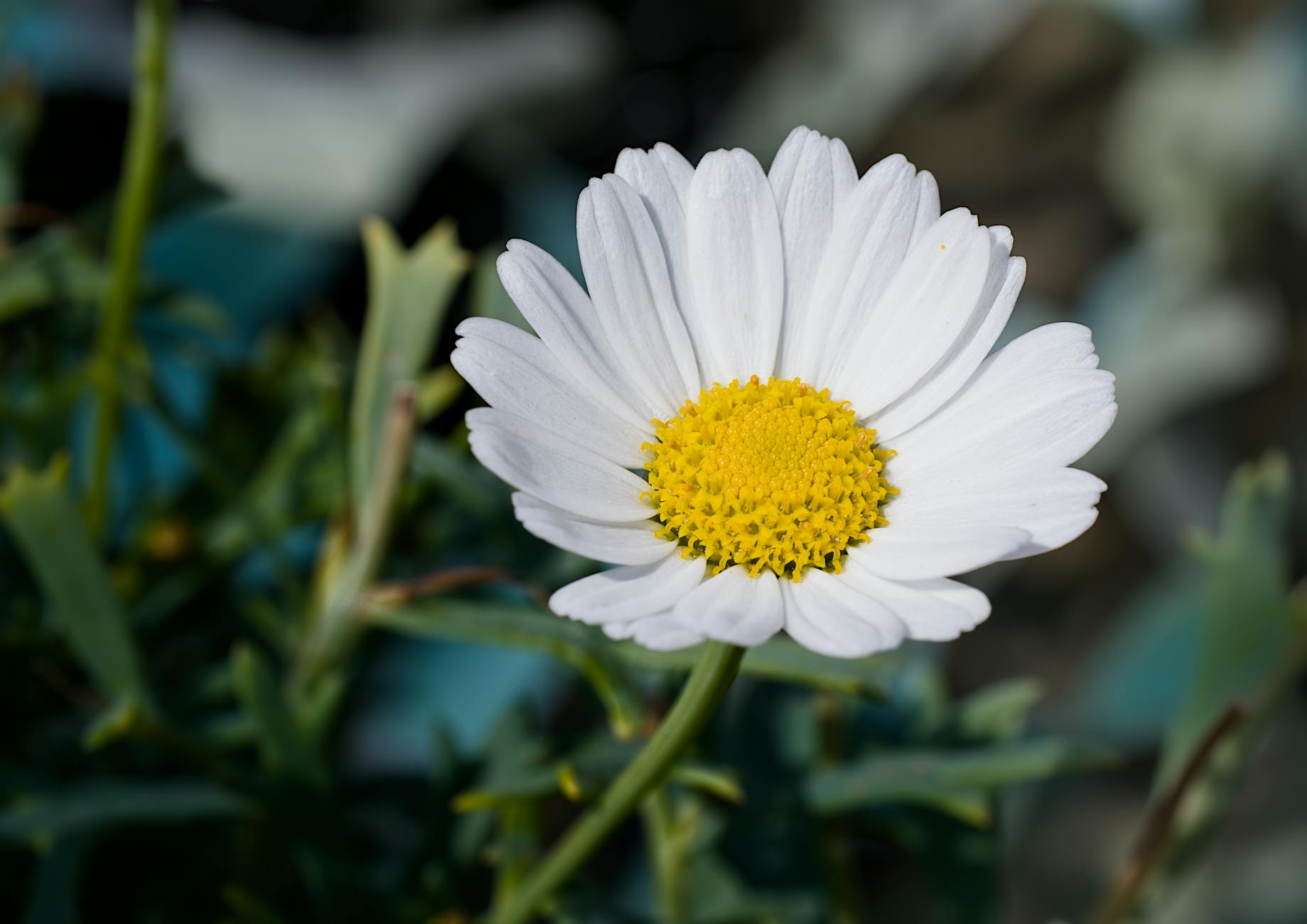
9 Gorgeous Petunia Lookalikes to Brighten Your Garden
If you adore the cheery, vibrant display of petunias but want to diversify your garden or try new plants, you’re in luck! Many flowers rival petunias in color, habit, and impact, and they come with their own unique advantages. Whether you’re seeking trailing blooms for baskets, bold beds of color, or fuss-free alternatives for tricky spots, these petunia lookalikes deserve a place in your gardening repertoire.
Why Consider Petunia Lookalikes?
Petunias are garden staples thanks to their long-blooming, colorful, and versatile flowers. However, they can be picky about climate, susceptible to disease, and require deadheading to look their best. Petunia lookalikes offer similar aesthetics and often excel in areas where true petunias struggle. Some provide better drought tolerance, others resist pests, and many offer a fresh twist on the traditional petunia palette.
Meet the Top Petunia Alternatives
Below, discover nine flowers that echo the beauty and charm of petunias, along with tips for growing and enjoying each one.
1. Torenia (Wishbone Flower)
- Appearance: Trumpet-shaped blooms with flaring petals and contrasting throats, often in two-toned purples, pinks, and whites.
- Growth Habit: Compact and trailing; perfect for hanging baskets and edges where a spilling, cascading effect is desired.
- Special Features: Lush, continuous bloom even in partial shade—something many petunias struggle with.
- Garden Uses: Containers, baskets, shaded borders.
Torenia’s flared trumpet flowers and prolific, trailing stems recreate the classic petunia look, especially in mixed or monochromatic plantings. They thrive in areas where petunias may falter and offer a reliable, low-maintenance alternative for color and form.
2. Vinca (Madagascar Periwinkle)
- Appearance: Glossy, five-petaled flowers with flat, rounded faces and a range of colors mimicking petunias—white, pink, red, purple—often with a contrasting center.
- Growth Habit: Neat mounds of blooms on upright plants, reminiscent of upright petunia beds.
- Special Features: Drought-tolerant, heat-resilient, and less prone to pest issues.
- Garden Uses: Bedding, containers, edging, especially in hot or dry conditions.
Plant vinca en masse for a display that rivals petunia beds in color and density. Their tidy, mounding habit makes them an excellent substitute where heat or dryness challenges petunia success.
3. Calibrachoa (Million Bells)
- Appearance: Miniature, petunia-style flowers in almost every imaginable color, sometimes with veining or contrasting throats.
- Growth Habit: Vigorous trailing stems, ideal for baskets and cascading over walls.
- Special Features: Self-cleaning (no deadheading needed) and prolific bloomers from spring to frost.
- Garden Uses: Hanging baskets, containers, mixed plantings.
Often mistaken for petunias, calibrachoa deliver a dense, sparkling trail of blooms without the need for tedious grooming. They thrive in similar conditions to petunias but offer even easier maintenance for busy gardeners.
4. Streptocarpus (Cape Primrose)
- Appearance: Trumpet-shaped flowers with broad, flared petals in vivid purples, blues, pinks, reds, and whites, closely resembling petunia structure.
- Growth Habit: Compact rosettes with arching flower stalks.
- Special Features: Thrives in bright, indirect light and tolerates indoor conditions well.
- Garden Uses: Indoor containers, shaded outdoor spots, windowsills.
For gardeners seeking petunia-like color indoors or in cooler, low-light spots, Streptocarpus delivers long-lasting blooms and showy appeal.
5. Impatiens
- Appearance: Rounded, flat-faced flowers in pink, purple, red, coral, and white.
- Growth Habit: Bushy, compact, shade-loving annuals forming masses of color.
- Special Features: Shade tolerance far beyond most petunias, and blooms that persist until frost.
- Garden Uses: Shady beds, containers, woodland gardens.
Impatiens fill the color gap in shade where petunias can’t thrive, making them a fantastic alternative for vibrant, full bedding in low-light areas.
6. Nierembergia (Cupflower)
- Appearance: Delicate, cup-shaped flowers in pale lavender, white, or blue, often with yellow throats.
- Growth Habit: Low, spreading mounds ideal for edging or ground cover.
- Special Features: Tough and drought-tolerant with a subtle, elegant look.
- Garden Uses: Borders, rock gardens, containers.
While smaller in size, Nierembergia’s prolific, cup-shaped blooms and soft coloration evoke the grace of petunias and gently fill sunny to lightly shaded areas.
7. Supertunia and Surfinia Hybrids
- Appearance: Large, showy blooms in extensive color ranges; these are technically varieties of petunia bred for vigor and performance.
- Growth Habit: Vigorous trailing or mounding, often more robust than standard petunias.
- Special Features: Self-cleaning, disease-resistant, and bred for abundant, season-long blooming.
- Garden Uses: Hanging baskets, beds, large containers.
Supertunia and Surfinia hybrids represent the next step in petunia breeding, offering all the best traits of petunias with enhanced resilience, making them ideal for gardeners seeking effortless displays.
8. Nemesia
- Appearance: Small, snapdragon-like flowers in vibrant yellows, purples, and pinks, sometimes bicolored.
- Growth Habit: Upright to gently trailing forms that burst with dense color.
- Special Features: Cool-season tolerance; highly fragrant in many varieties.
- Garden Uses: Spring and fall bedding, containers, mixed borders.
Nemesia’s bright, cheerful flowers mimic the visual mass of small petunia blooms and add fragrance and color to beds and baskets when temperatures are mild.
9. Browallia (Bush Violet)
- Appearance: Star-shaped or five-lobed blooms in blue, lavender, or white, similar to trailing petunias.
- Growth Habit: Compact or gently cascading, perfect for containers and shaded hanging baskets.
- Special Features: Excellent shade performance and adaptability to indoor or sheltered outdoor spots.
- Garden Uses: Hanging baskets, window boxes, under trees.
Browallia brings the petunia look to shadier spots with a unique blue color that’s rare in bedding plants.
Comparing Petunia Lookalikes
| Plant | Best Use | Key Features | Light Needs |
|---|---|---|---|
| Torenia | Baskets, Edges | Trailing, Shade-Tolerant | Partial Shade |
| Vinca | Beds, Containers | Drought-Resistant, Mounding | Full Sun |
| Calibrachoa | Baskets, Containers | Self-Cleaning, Trailing | Full Sun to Partial Shade |
| Streptocarpus | Indoor Pots | Long Bloom, Shade | Bright Indirect Light |
| Impatiens | Shady Beds | Bushy, Shade-Tolerant | Shade |
| Nierembergia | Borders, Groundcover | Drought-Tolerant, Spreading | Full Sun to Partial Shade |
| Supertunia/Surfinia | Baskets, Containers | Vigorous, Self-Cleaning | Full Sun |
| Nemesia | Borders, Containers | Fragrant, Cool-Season | Full Sun to Partial Shade |
| Browallia | Baskets, Shade Beds | Blue Flowers, Shade | Shade to Partial Shade |
Tips for Success with Petunia Alternatives
- Match light requirements: Choose lookalikes that suit the sunlight in your planting area for best growth and flowering.
- Water and feed as needed: Many lookalikes are tough, but regular watering and a balanced fertilizer support abundant blooms.
- Consider habit: Trailing types excel in baskets and window boxes; upright forms shine in beds and borders.
- Combine for extended color: Pair sun- and shade-loving varieties to ensure color in every corner of the garden.
- Rotate to break pest cycles: Alternating species can help reduce issues with petunia pests and diseases.
FAQs
What makes a good petunia alternative?
Great petunia alternatives offer similar flower shapes, vivid colors, and seasonal performance. Choose plants with matching habits (trailing, mounding, or upright) and bloom times for the best substitution.
Which lookalike is best for hanging baskets?
Calibrachoa and Torenia are top picks for baskets thanks to their trailing forms and continuous blooms. Supertunia and Surfinia hybrids also excel in containers where you want a waterfall of color.
Can I grow these alternatives in the same conditions as petunias?
Most lookalikes thrive in similar conditions—full sun, well-draining soil, and moderate water. However, some, such as Impatiens and Browallia, prefer shadier or cooler spots and may even outperform petunias in low-light situations.
Are petunia lookalikes less prone to pests or diseases?
Many alternatives, including vinca, are more resistant to common petunia pests and diseases. Always check the specific needs and potential challenges of each species and rotate plantings for best garden health.
Final Thoughts
Petunia lookalikes let you enjoy the charm and versatility of petunias while expanding your garden’s palette—whether you’re looking for greater resilience, shade tolerance, or simply a new twist on a classic. Experiment with these flower alternatives in baskets, borders, and beds for a breathtaking display all season long.
References
Read full bio of Shinta


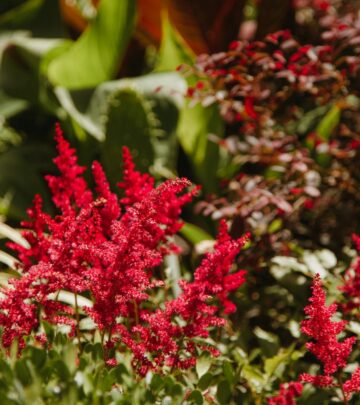
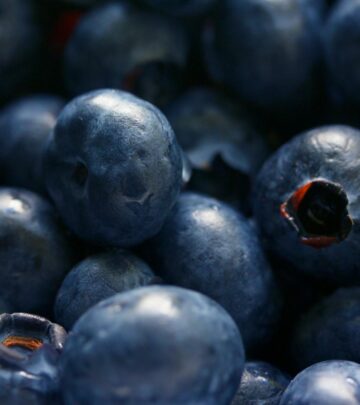

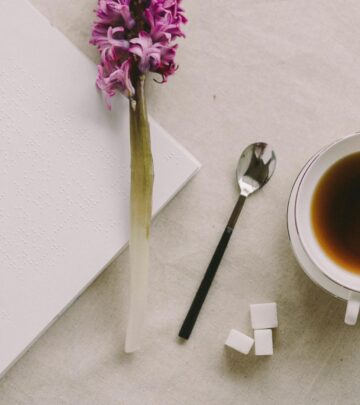
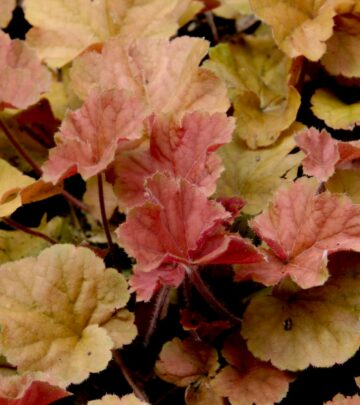
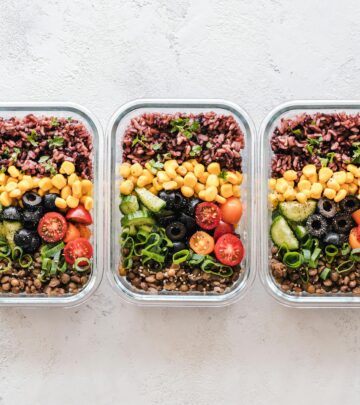
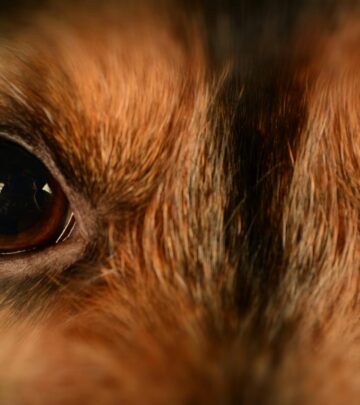
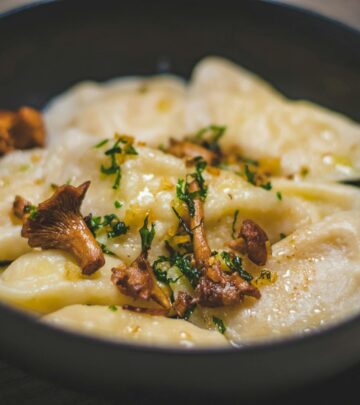
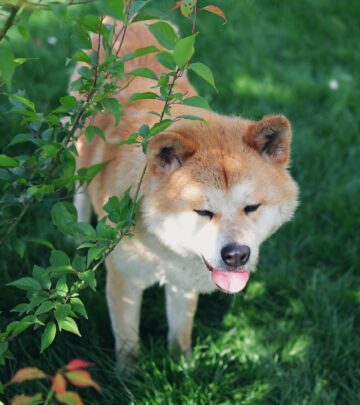

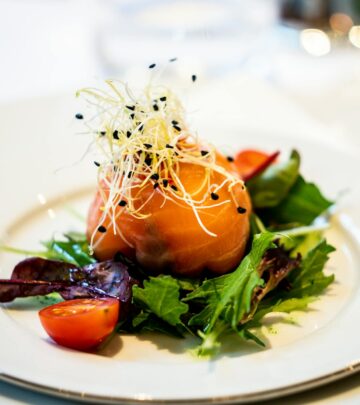



Community Experiences
Join the conversation and become a part of our empowering community! Share your stories, experiences, and insights to connect with other beauty, lifestyle, and health enthusiasts.